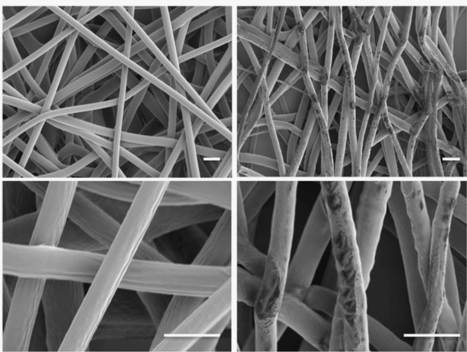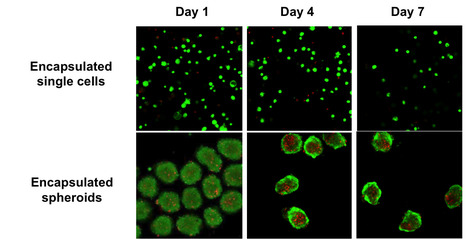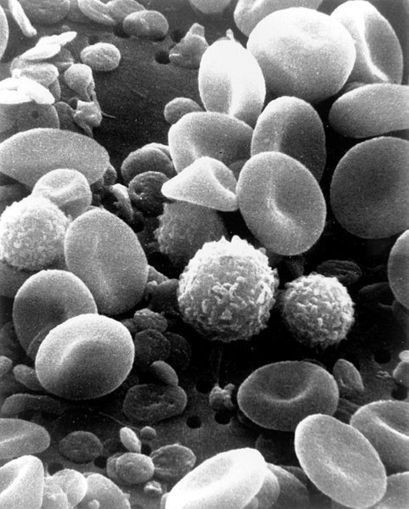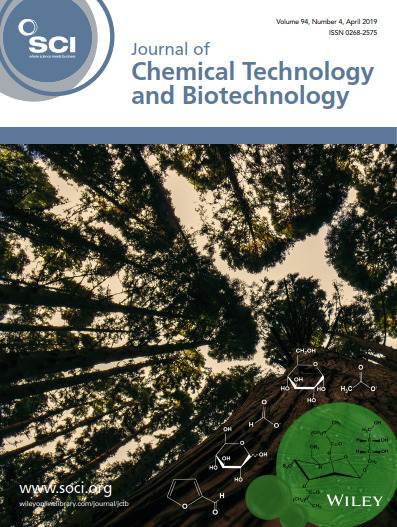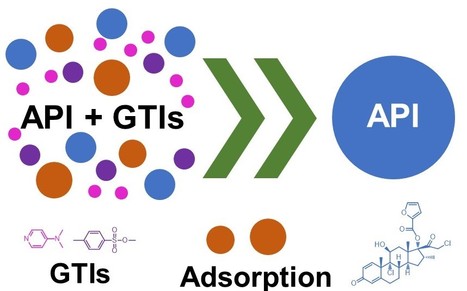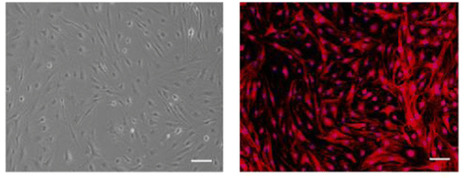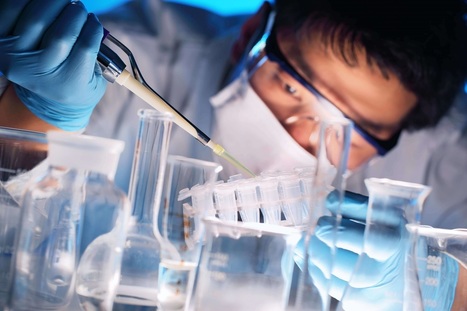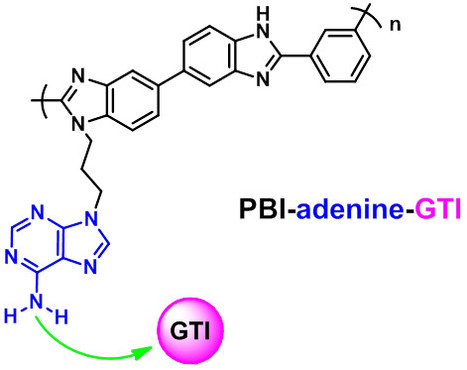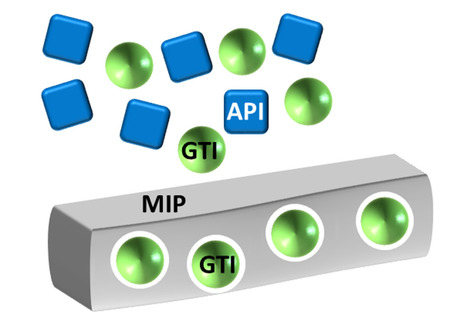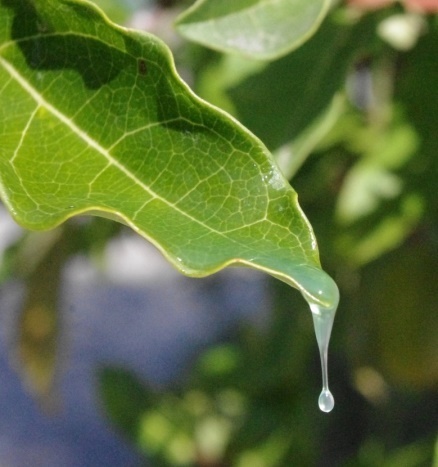
Type 1 diabetes is an auto-immune disease where patients need to monitor and take insulin daily. Transplantation of encapsulated islet cells is performed in some countries to restore glucose control, but shortage of donors is a major bottleneck. Devices with stem cell-derived beta cells are now in clinical trials. Researchers at SCERG-iBB and Harvard Medical School performed an early health technology assessment modeling study to simulate, based on bioprocess and disease progression modeling, the manufacturing costs of devices containing pluripotent stem cell (PSC)-derived beta cells. This information was combined with medical data to determine cost-effectiveness of the new therapy. The work was published in Biotechnology Journal.



 Your new post is loading...
Your new post is loading...



